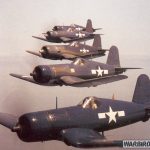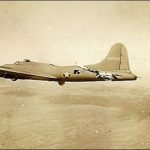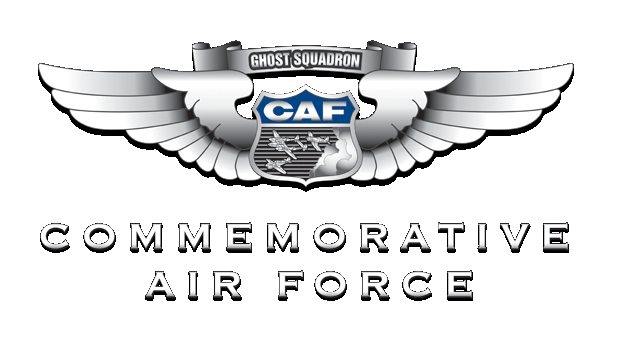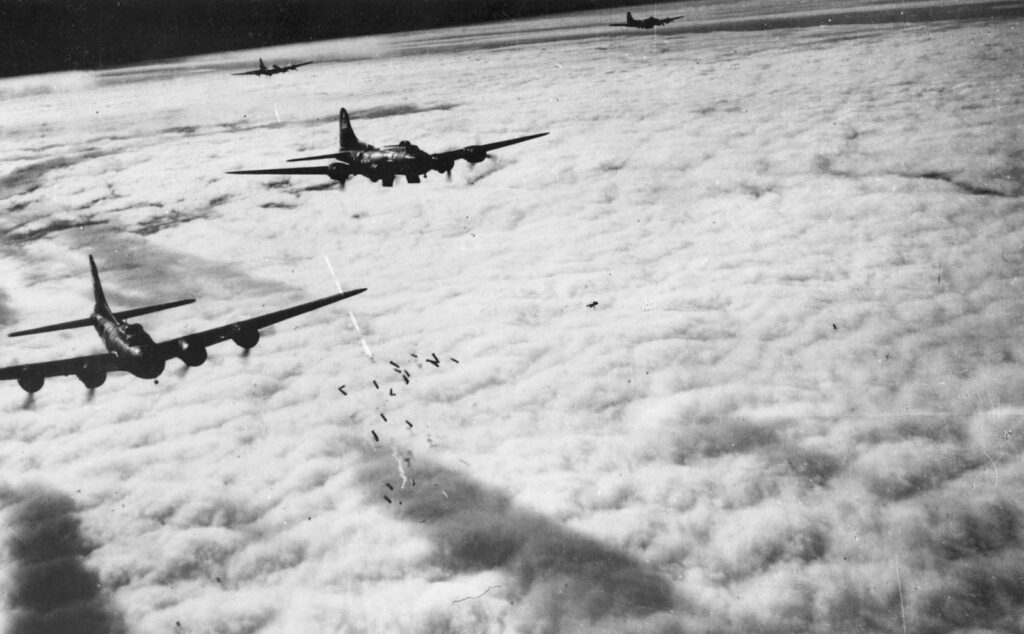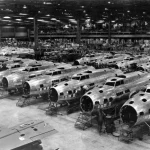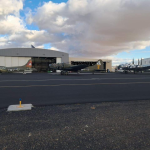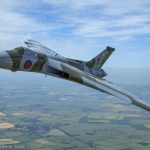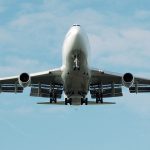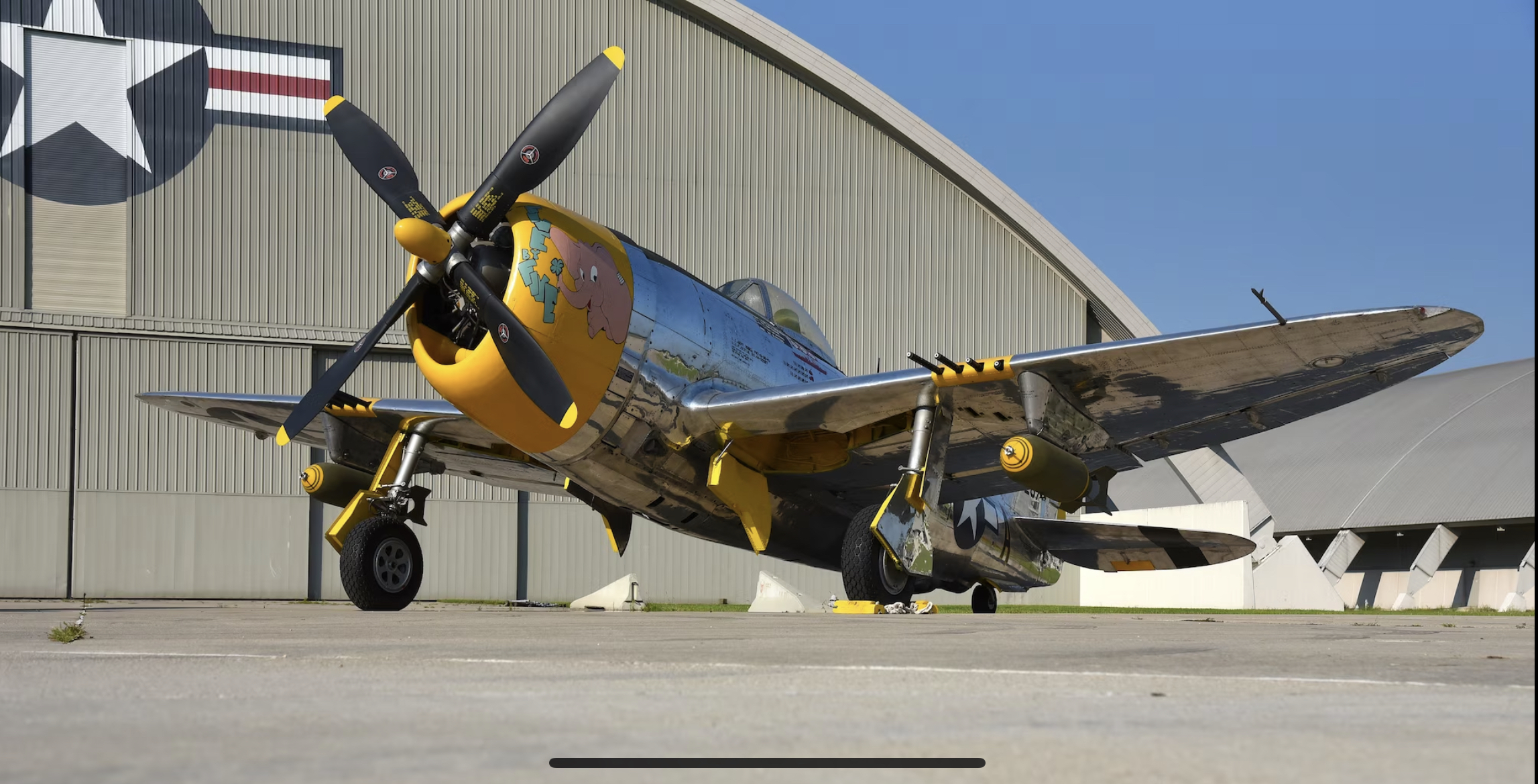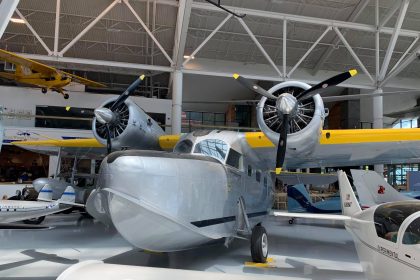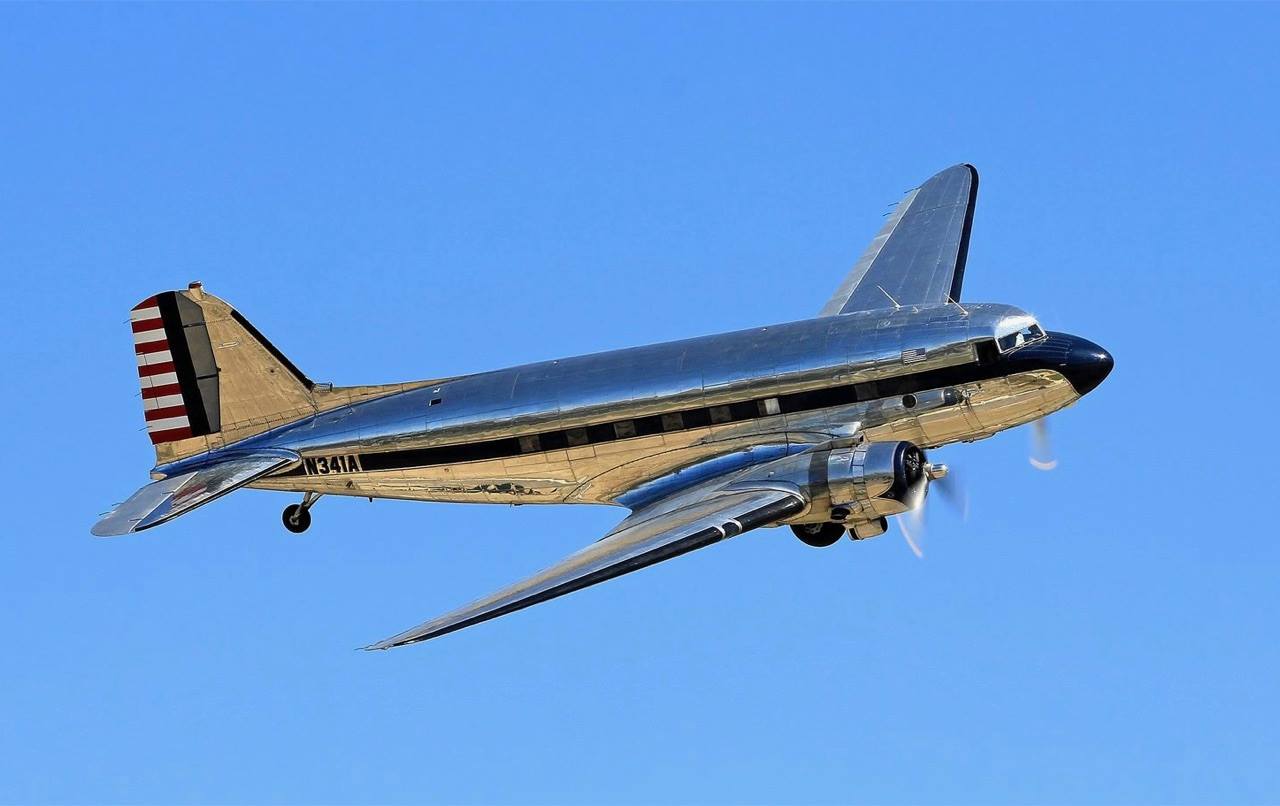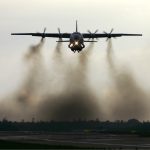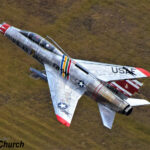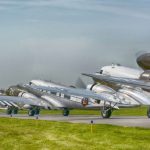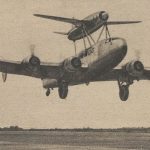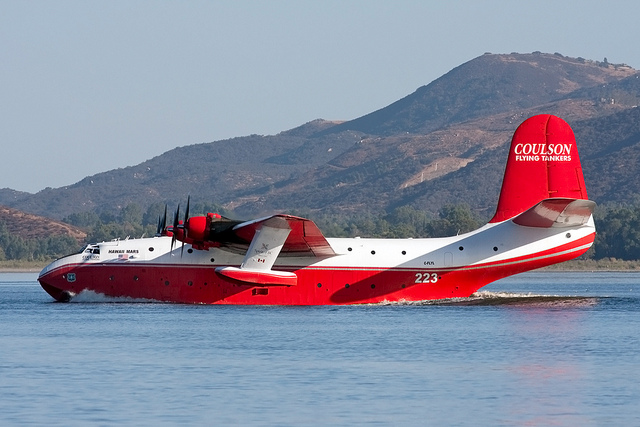By Gerad Allen Blume Historian Hanagr Thirteen
The Boeing B-17 is one of the most iconic aircraft of the Second World War and arguably the most recognizable bomber in aviation history. But how much do you really know about the Flying Fortress?
Origins
The B-17 originated as the Boeing Model 299, created in response to a 1934 U.S. Army Air Corps competition to replace the Martin B-10. Designed by Ed Wells and Gifford Emory, the prototype drew heavily from Boeing’s experimental XB-15—a giant aircraft built to test long-range concepts for defending American interests abroad, such as the Panama Canal and the Philippines. The B-17 introduced the four-engine configuration to a field dominated by twin-engine contenders. Though it outperformed its competitors, the Army initially opted for the more economical Douglas B-18. Boeing received only a limited contract—until the Munich Agreement in 1938 sparked a rearmament push, opening the door to full-scale B-17 production.

Design
Six main variants of the B-17 were produced during its service life, with the B-17F and B-17G being the most prolific. Of the 12,731 B-17s built, over 12,000 were Fs or Gs. They were assembled at Boeing’s Seattle plant and under license by Douglas in Santa Monica and Lockheed-Vega in Burbank, California.
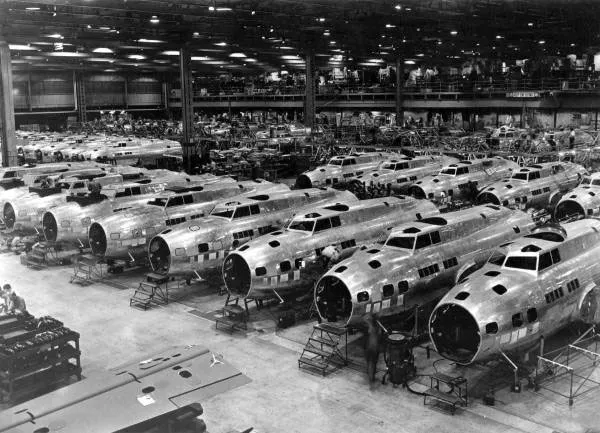
A low-wing, all-metal monoplane, the B-17 featured a 74-foot fuselage and a 103-foot wingspan. Control surfaces were fabric-covered, and the wing’s wide chord and slight dihedral gave the aircraft its broad stance. Inside, the semi-cylindrical fuselage was divided into six main compartments: nose, cockpit, bomb bay, radio room, waist, and tail—separated by 11 structural bulkheads. The ten-man crew filled the following positions: bombardier, navigator, pilot, copilot, flight engineer, radio operator, and four gunners—manning the ball turret, waist guns, and tail. Some aircraft could carry up to three additional passengers when needed.
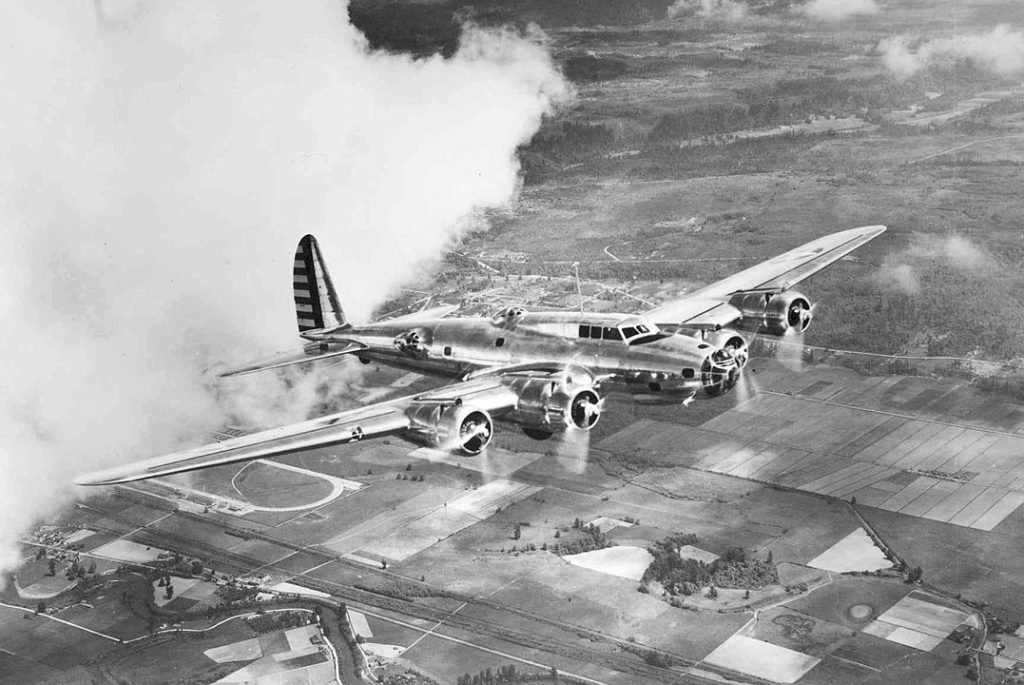
Powerplant
Each B-17 was powered by four Wright R-1820-97 Cyclone radial engines, rated at 1,200 horsepower. These single-row, nine-cylinder engines were boosted with General Electric turbochargers for high-altitude performance. Until the B-17G, turbochargers were manually controlled; the G introduced an electric system managed from the cockpit. Each engine spun a Hamilton Standard hydromatic propeller measuring 11 feet 7 inches in diameter. The characteristic oil stains seen on B-17 wings weren’t from exhaust vents—they came from the engine nacelles and oil consumption, which ranged from 8 to 14 quarts per hour.
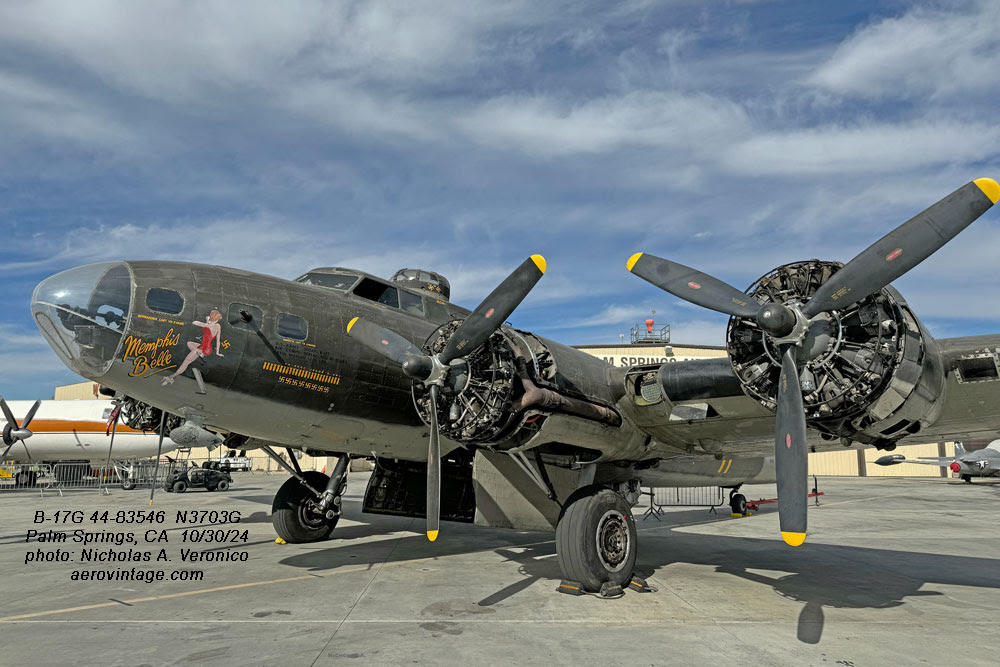
Payload
Despite its “heavy bomber” classification, the B-17’s internal bomb bay was relatively small—rated for 6,000 pounds, though it could carry up to 12,800 pounds in certain configurations. External racks could double the bomb load, though rarely used due to performance penalties. A key feature of the B-17’s bombing system was the Norden M-9 bombsight, capable of remarkable precision when paired with the Honeywell C-1 autopilot. In combat, only lead aircraft carried bombsights; others dropped visually based on light signals from the leader.

Armament
The B-17 bristled with .50 caliber M2 machine guns. Depending on the variant and block number, a wartime B-17 carried between 10 and 13 guns. Defensive firepower included: Sperry upper and lower powered turrets (the latter known as the “ball turret”), flexible guns at the waist, nose (cheek guns), and the radio room, a twin-gun tail position, later replaced by the Cheyenne turret for greater field of fire. The B-17G introduced the Bendix “chin turret,” operated remotely by the bombardier. Ammunition loads varied, with later aircraft carrying around 4,500 to 6,000 rounds. Gun positions were typically supplied with a mix of armor-piercing, incendiary, and tracer rounds in five-round sequences. The B-17 was also well-armored, with up to 650 pounds of steel plating and bullet-resistant glass at key positions including the cockpit, ball turret, and tail.
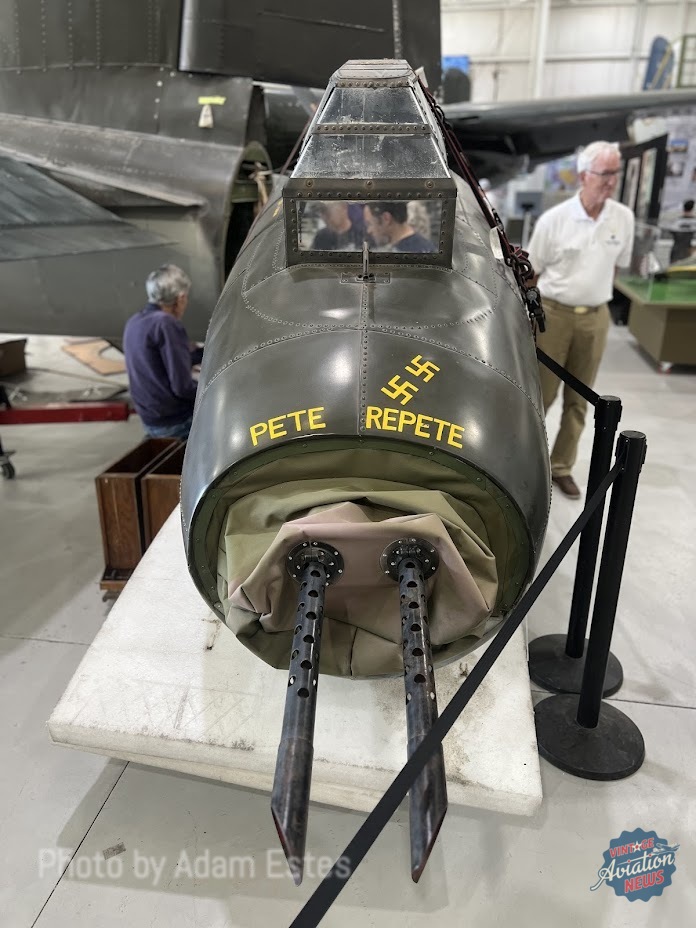
Performance
The B-17 had a combat ceiling of 34,000 feet, with missions typically flown around 25,000 feet. Crews relied on a demand-flow oxygen system and heated flight suits to survive extreme cold. The aircraft’s fuel system included up to 2,780 gallons of 100-octane gasoline, including additional “Tokyo tanks” introduced mid-war for greater range. With a cruise speed of 170 mph and a top speed of 287 mph, the B-17 could climb at 1,300 feet per minute and had a combat radius of 895 nautical miles—a measure that accounts for warm-up, takeoff, combat, and return.
Conclusion
The B-17 Flying Fortress played a pivotal role in the Allied victory in Europe. With its durability, firepower, and long-range capability, it helped define strategic bombing in the 20th century. Today, fewer than a handful of B-17s remain airworthy, but restoration and preservation efforts continue worldwide. Their legacy, earned in the skies over Europe, is one of resilience, innovation, and sacrifice—a true “Queen of the Skies.”




